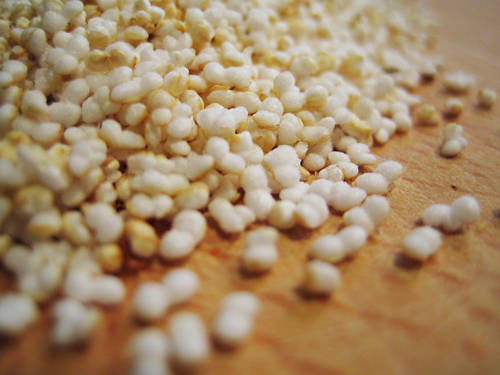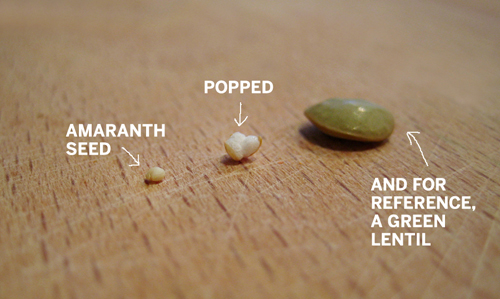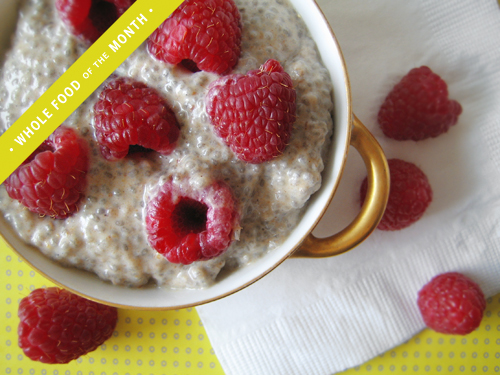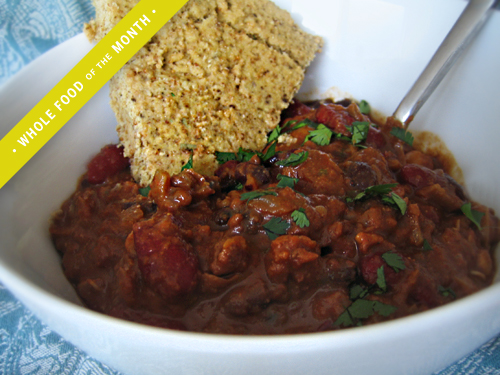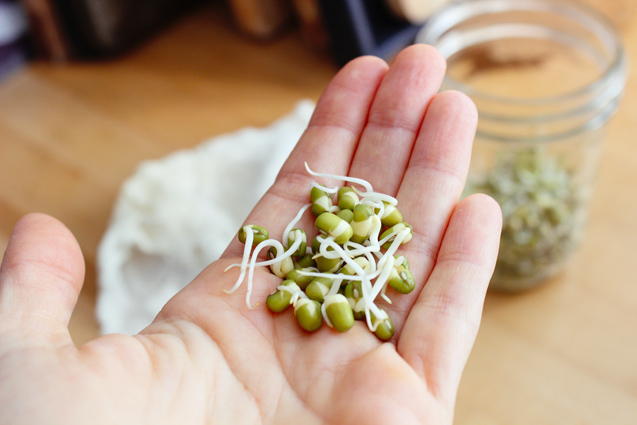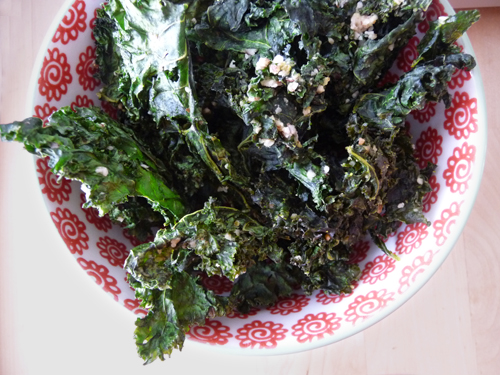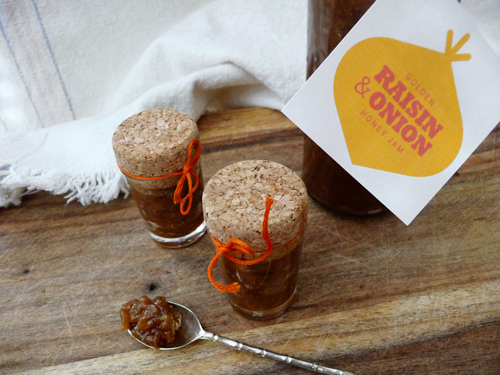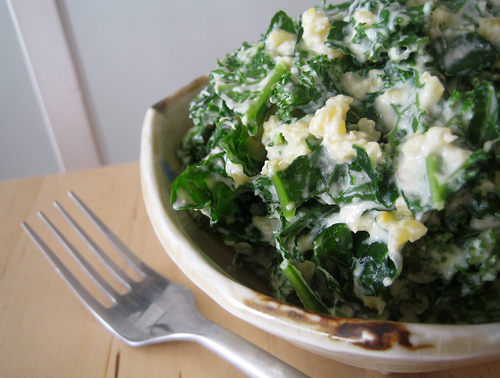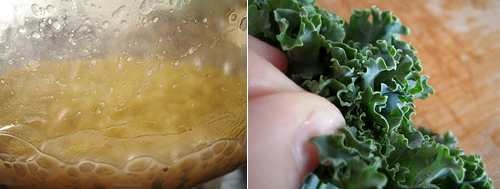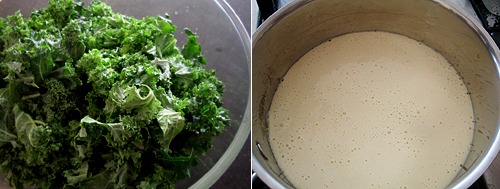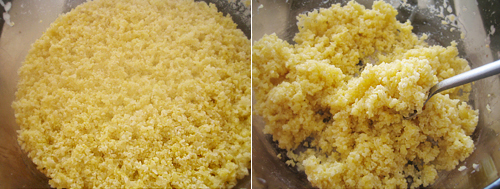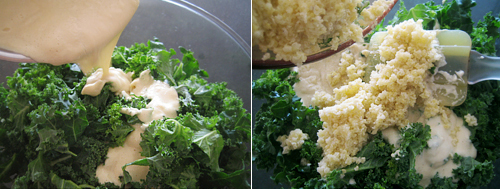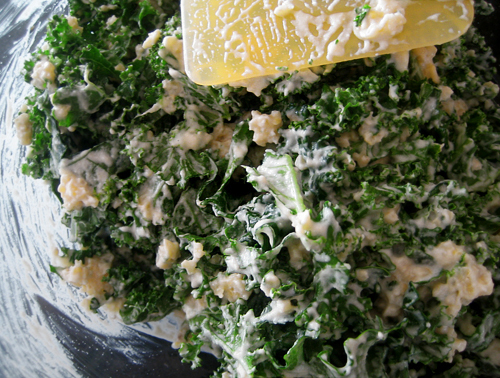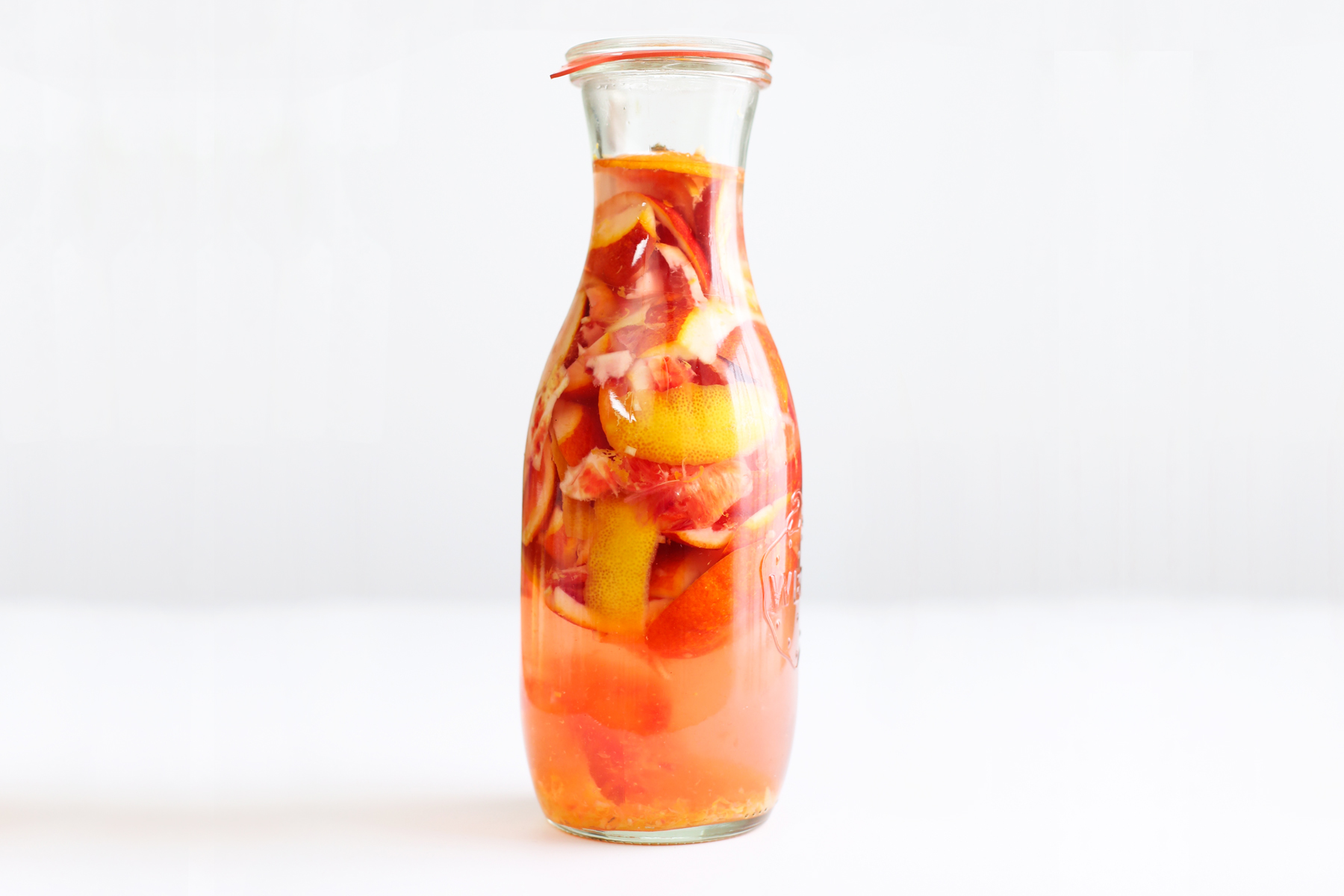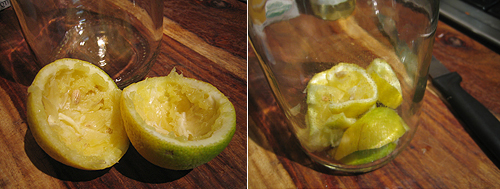I’m sure by now that everyone knows about quinoa around here. You can make everything from cereal to tacos with it, but are you familiar with another ancient powerhouse grain called Amaranth? Well, like quinoa, it’s also a fantastic source of complete plant-based protein but it is also high in lysine which is known to help promote collagen growth, burn fat as energy and it keeps cold sores at bay. These tiny seeds are a great source of fiber and they are just as versatile for cookin’ as our friend quinoa. And you can pop it like popcorn. That’s right, teeny tiny popcorn. I’ve made a How To’sday video to show you how it’s done below.
Share these helpful tips with pals on Twitter by clicking here.
Friendly note: if you are at all adverse to a mess, this may not be a fun way for you to prepare amaranth—stick to recipes like Cinnamon Toast Protein Power Cereal. Personally, I find this recipe great for the spirit in that I always am smiling and laughing when I’m popping amaranth—it’s fun, but inevitably, a few grains will make a run for it and dive beyond the perimeter of the skillet. These days, I almost always use a plate, a fine mesh metal strainer or a pan lid to deflect the escape attempts from the popping amaranth. I have also heard that you can use a wok, air popper or saucepan to pop amaranth, but I haven’t tried those yet.
Let’s have some fun now.
Start with a dry skillet or pan and heat it to high (gas range) or medium-high to high (electric). Spoon 1 tsp at a time of grains into your pan once good and hot. Don’t be discouraged if the grains don’t pop right away or if they burn. I sometimes burn the first spoonful until I get the temp just right, so only spoon in a little at a time so you don’t waste too much as you adjust temp. If grains are burning, the pan isn’t hot enough. It may seem counterintuitive, but turn up the heat. They should start popping within 2-3 seconds of hitting the pan. You can cover the pan with a lid and shake as well.
For cleanup, if you have a handheld vacuum (it may sound crazy), it is great for sucking up all the little escapees that will dot your range and floor.
Store popped amaranth in a glass airtight glass container in your fridge or pantry for 4-6 weeks.
